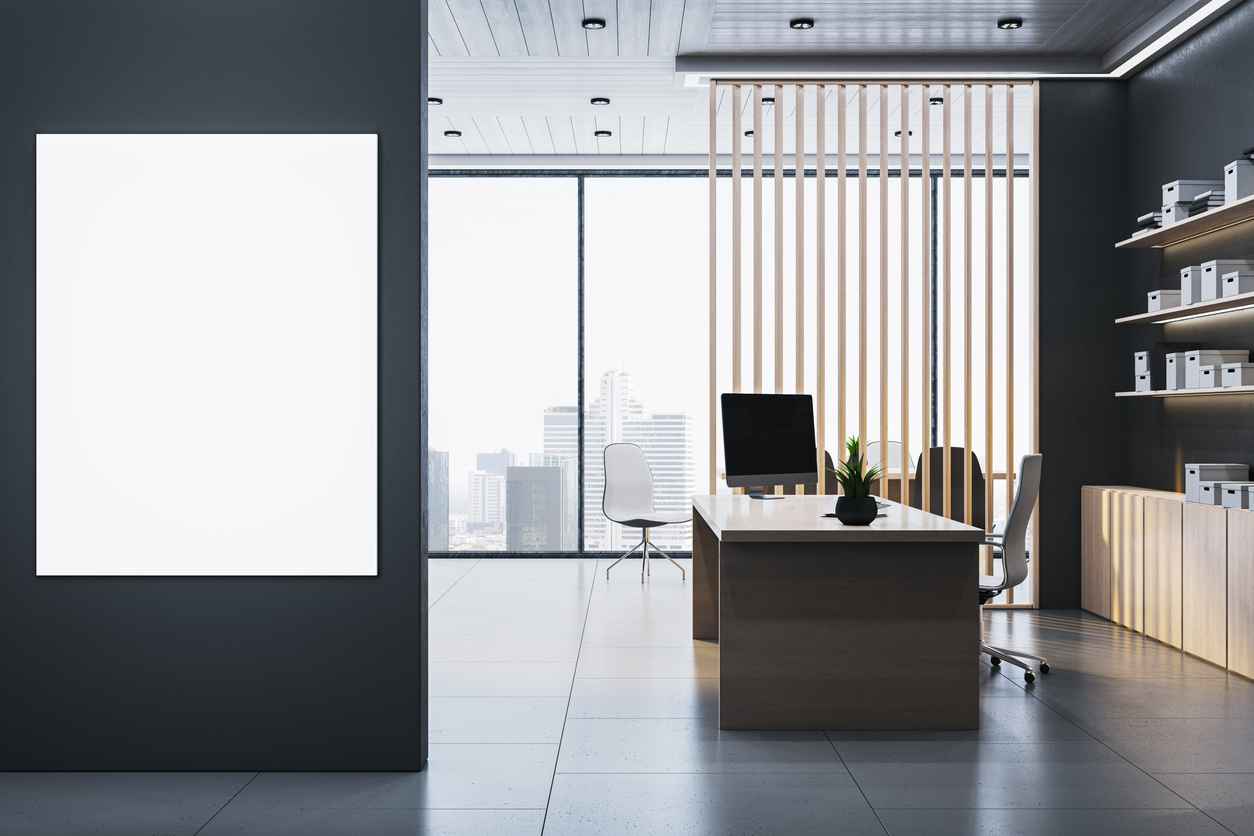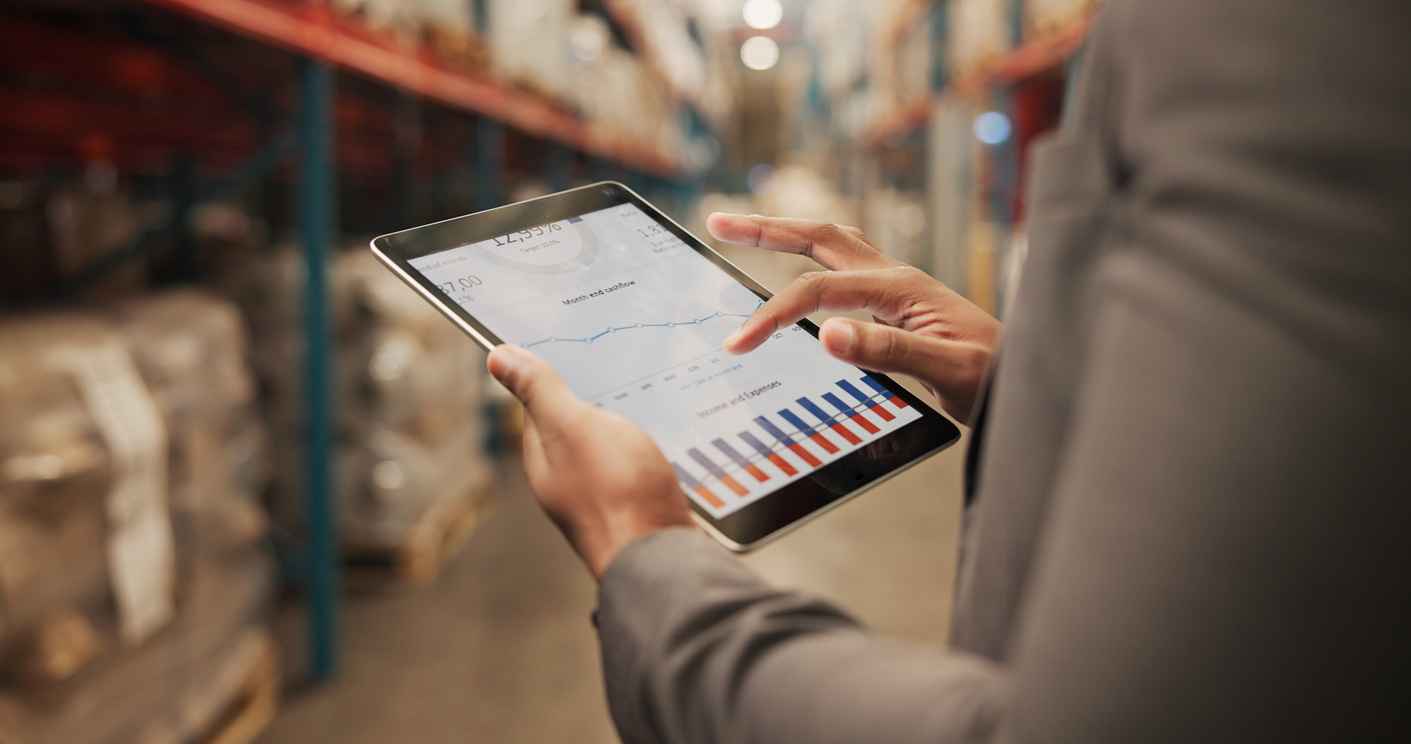
How Optical Bonding Improves Touchscreen Safety
August 8, 2025
The Benefits of Optical Bonding in Touchscreens
As touchscreens become standard across industrial, medical, transportation, and public environments, safety and reliability are more important than ever. One advanced technique that significantly improves touchscreen safety is optical bonding. This process not only enhances durability but also reduces glare, prevents moisture intrusion, and strengthens the overall user experience.
At Fortec US, we specialize in designing and integrating customized display solutions that prioritize performance, clarity, and safety. Here’s how optical bonding plays a vital role in achieving those goals.
What Is Optical Bonding?
Optical bonding is the process of laminating a protective glass or touchscreen layer directly to the display with a layer of optically clear adhesive or resin. Unlike traditional displays, which have an air gap between the panel and cover glass, bonded screens eliminate this space, creating a solid, unified structure.
1. Shatter Protection and Enhanced Impact Resistance
In harsh environments where equipment may be dropped, bumped, or exposed to vibrations, like manufacturing floors or mobile medical carts, safety is paramount. Optical bonding strengthens the display by distributing impact forces more evenly across the screen surface.
This added durability reduces the risk of cracked screens or shattered glass that could cause injury, downtime, or contamination in sterile settings.
2. Improved Visibility Reduces User Error
Glare and reflection from ambient lighting can lead to misreads, mistouches, or user frustration, especially in bright environments like outdoor kiosks, vehicles, or field operations. Optical bonding improves safety by minimizing internal reflections and maximizing display contrast.
This leads to better readability, fewer mistakes, and more accurate interaction with touch-sensitive interfaces.
3. Prevents Moisture and Dust Intrusion
Unbonded displays often have tiny air gaps that allow condensation, dust, or other contaminants to enter, compromising visibility and potentially interfering with touchscreen function. Optical bonding seals the surface, blocking environmental elements that could degrade screen performance or create hazards.
This is especially important in industries with exposure to liquids or outdoor use, such as food service, transportation, and marine applications.
4. Better Touch Accuracy and Responsiveness
With no air gap between layers, optical bonding allows for more precise touch detection and a smoother interface experience. Users don’t need to press as hard or repeatedly, which helps reduce strain and error in high-use environments.
Accurate touch input is particularly critical in medical settings and industrial control panels, where safety and responsiveness are closely linked.
5. Long-Term Reliability and Cost Savings
Because optical bonding strengthens displays and reduces internal contamination, it also extends the unit’s lifespan, minimizing replacement needs and reducing overall maintenance costs.
For safety-critical applications, reliability isn’t just a convenience—it’s a requirement. Fortec US works with partners across industries to ensure bonded display solutions meet rigorous safety and performance standards.
Fortec US: Custom Display Solutions with Optical Bonding
Whether you’re developing industrial controls, medical devices, or transportation technology, optical bonding can make your touchscreens safer, clearer, and longer-lasting.
At Fortec US, we offer a wide range of bonded touch display options customized to your specifications. We also provide durable, high-quality TFT-LCD displays, controller boards, and integrated solutions built to perform.
Contact Fortec US to learn how optical bonding can enhance your next touchscreen project.
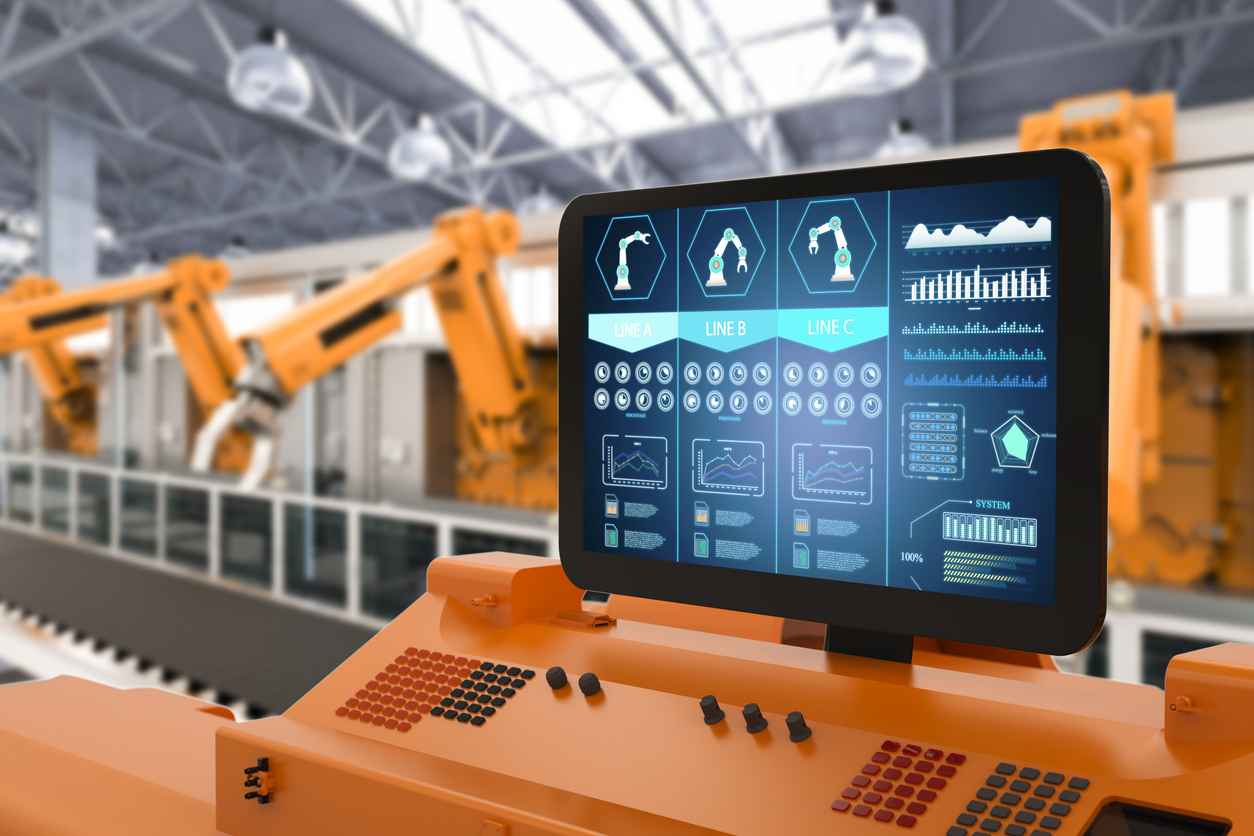
What Makes a Display Industrial Grade?
November 6, 2025
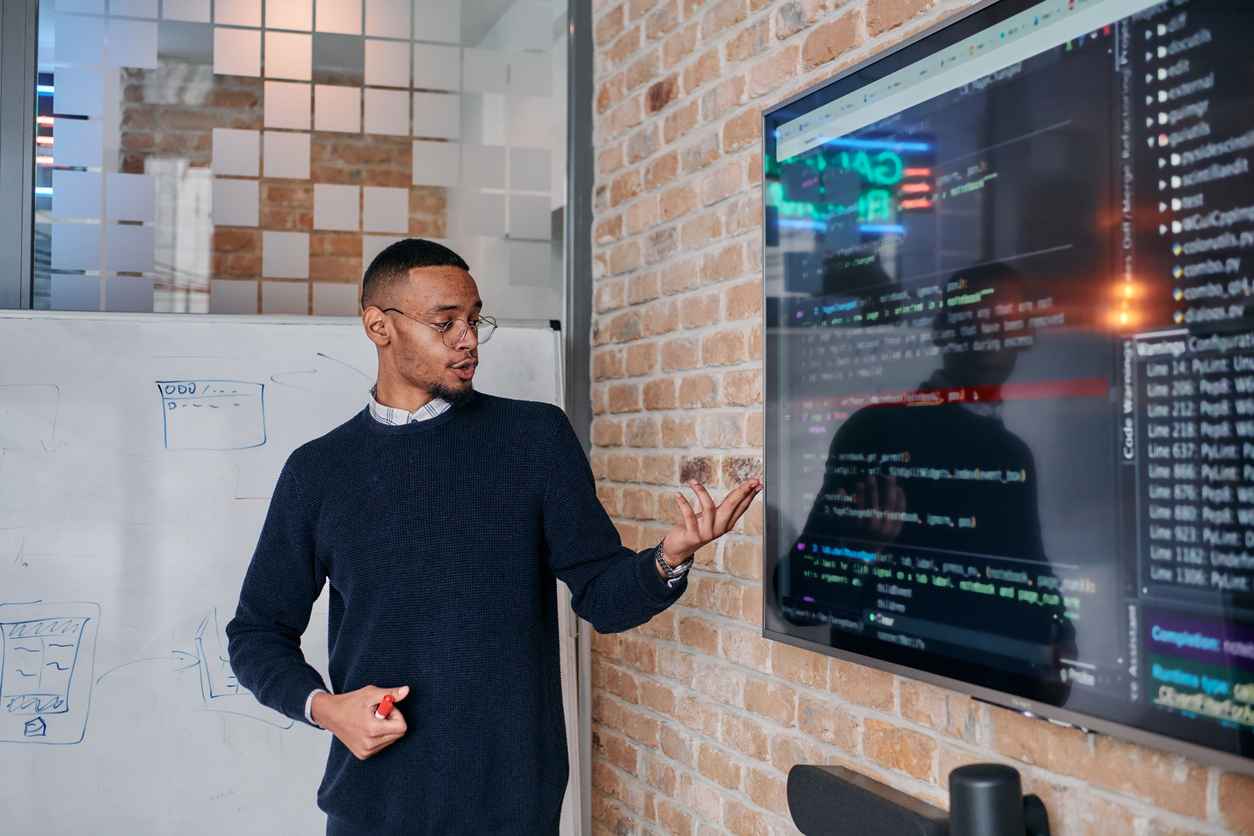
How Display Technology is Shaping the Future of Communication
November 5, 2025
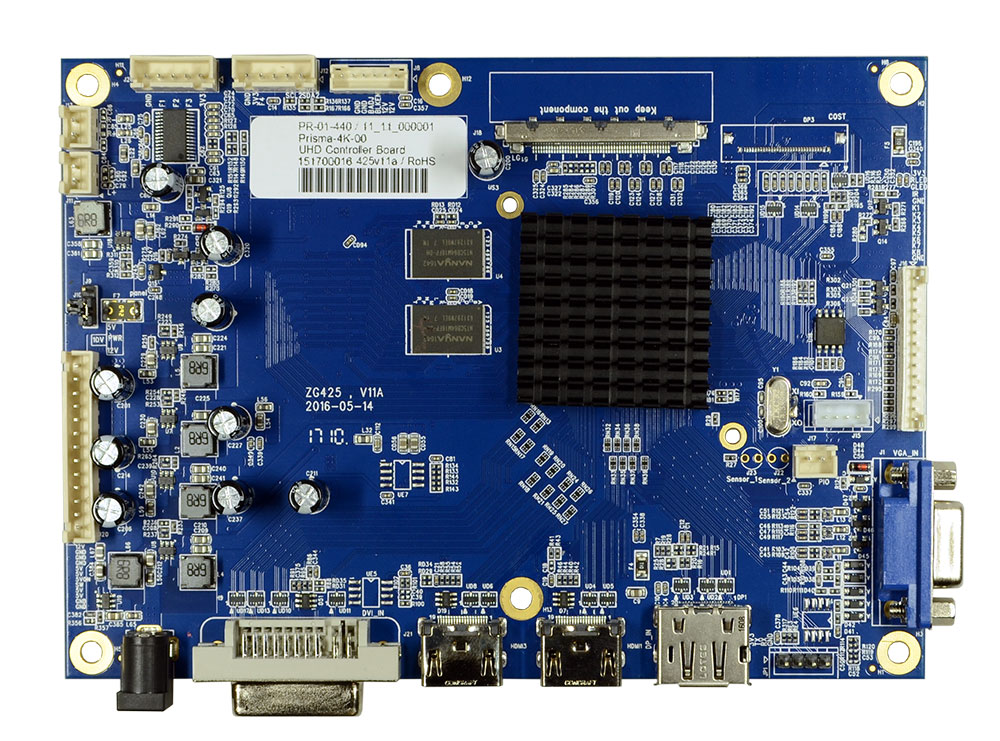
How Prisma TFT Controllers Simplify Display Integration
October 28, 2025

Why Every Company Needs a Cybersecurity Strategy
October 7, 2025
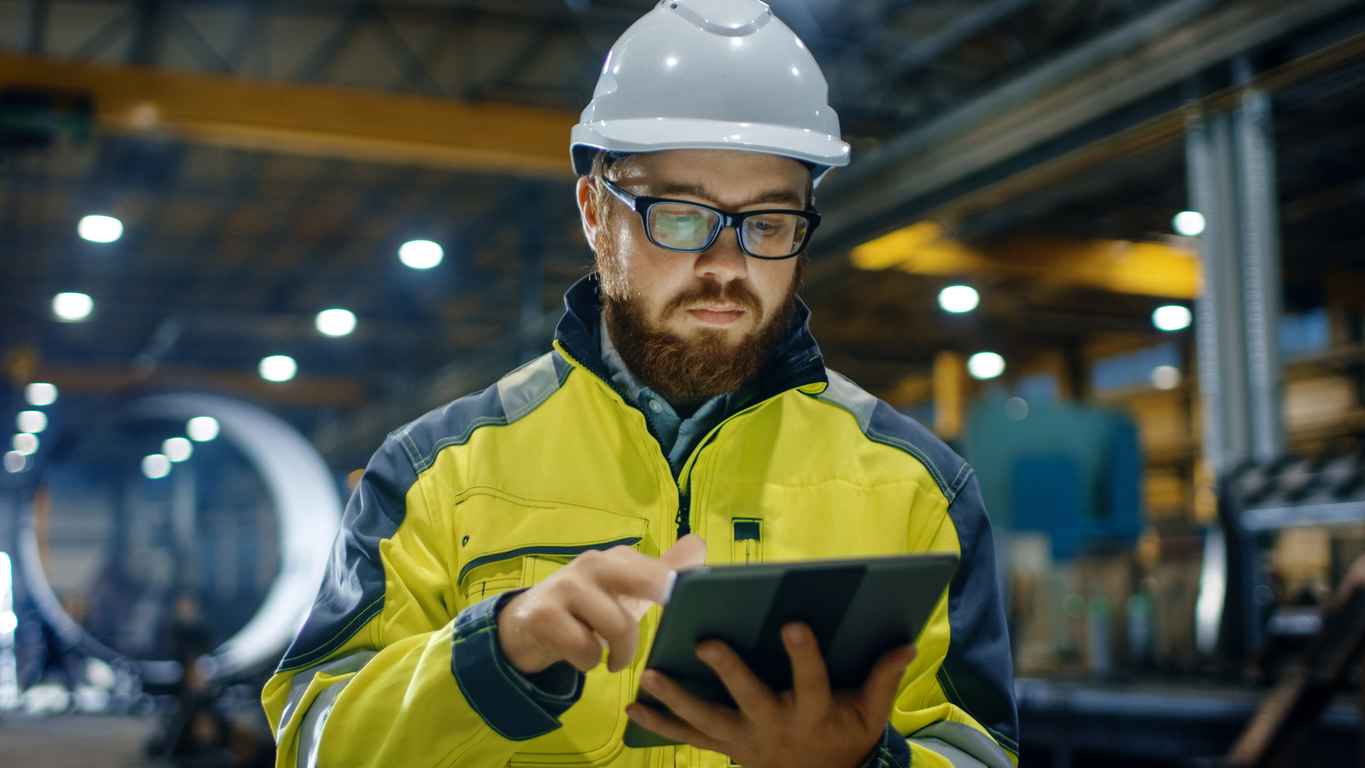
How Touchscreens Improve Productivity in Manufacturing
October 6, 2025
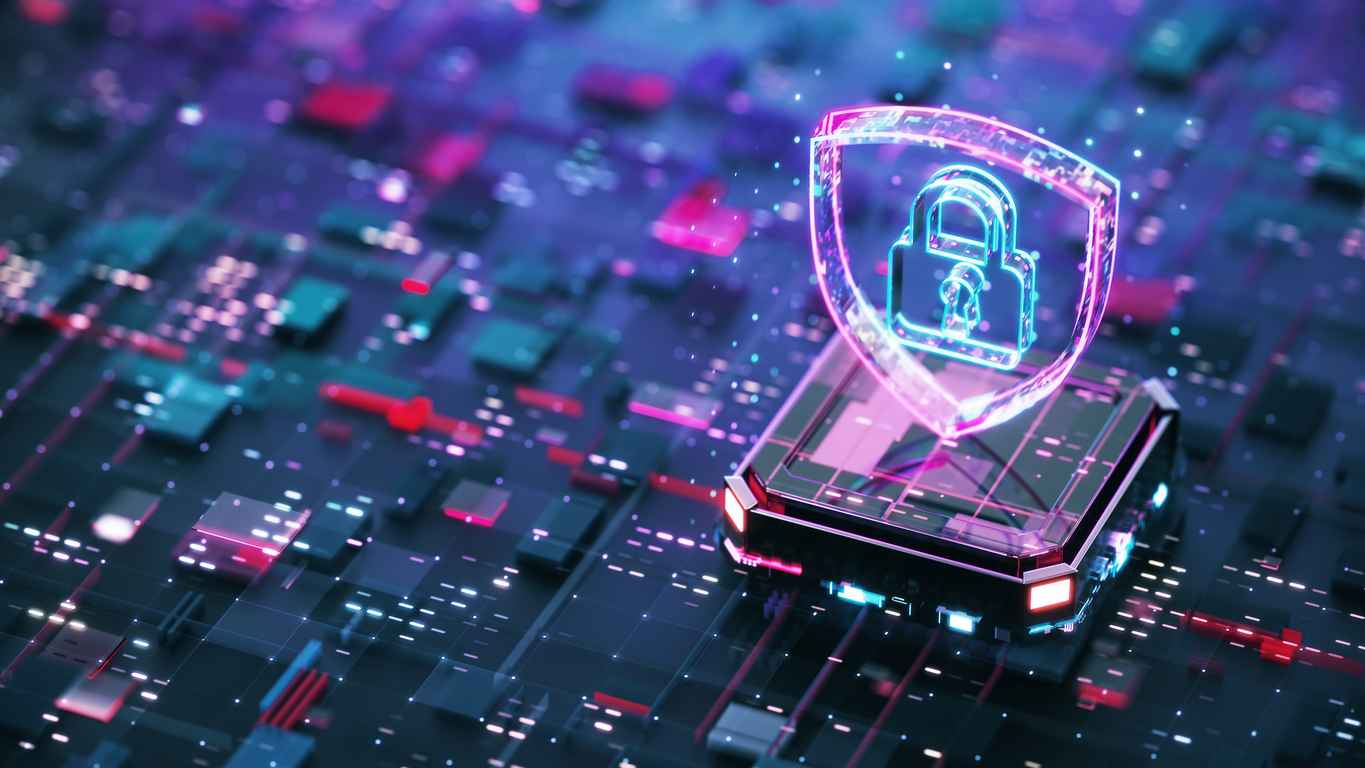
The Role of Embedded Systems in Strengthening Cybersecurity
October 2, 2025
